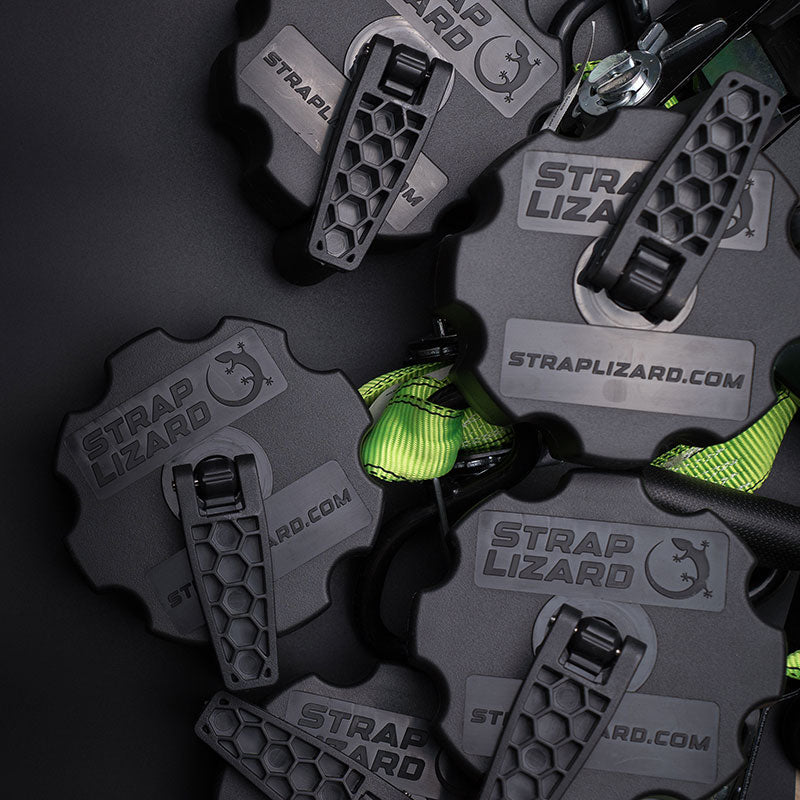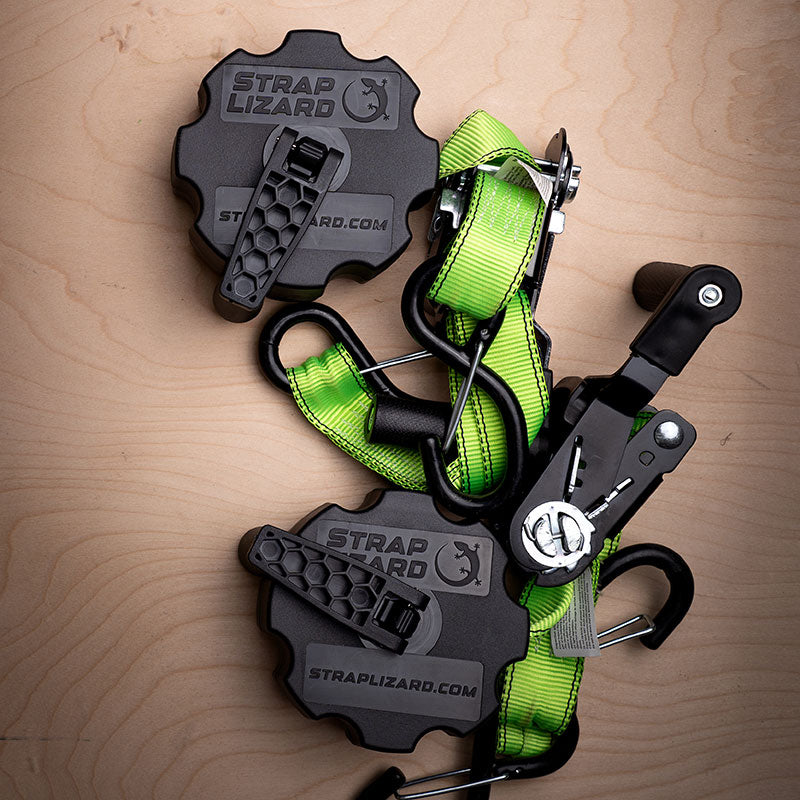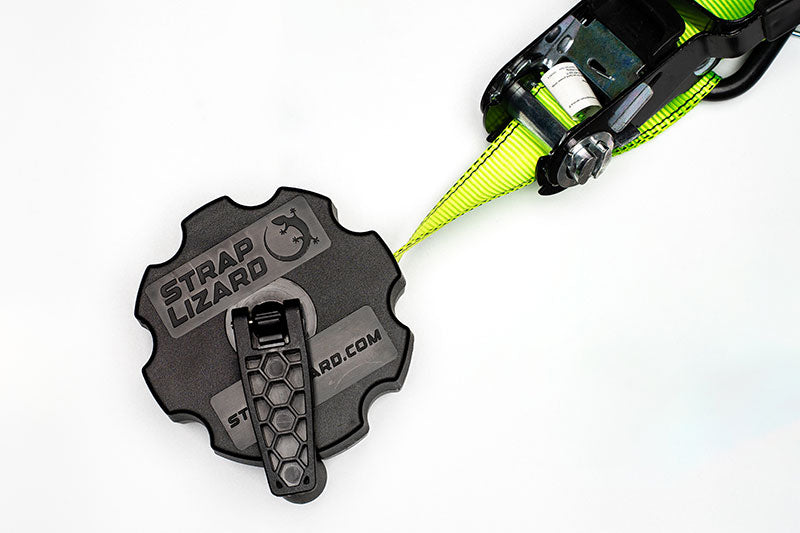Most Useful Equipment for Concrete Finishing
Having the right equipment is crucial to completing any task at hand, and concrete finishing is no exception. From the initial pour to the final finish, having the right equipment is essential to achieve a smooth, level, and durable concrete surface. This article explores a selection of the most crucial tools for concrete finishing crews categorized by their function in the finishing process.
1. Preparation and Subgrade Work
Laser Level:
A good laser level will project a horizontal plane of light, allowing for precise leveling of the subgrade and ensuring a flat final concrete surface. These can come with a variety of features including multiple laser projections for multiple planes. While useful in other trades, concrete work generally requires only a horizontal laser projection. Just make sure it’s a bright enough beam if your projects are outdoors.
Plate Compactor:
A plate compactor does just that—it compacts the subgrade material, creating a solid foundation for the concrete and preventing future settling or cracking. Most plate compactors are gas powered, and the compacting plate is usually made of magnesium or wood. They can also be used to compact asphalt if you have projects involving both. Again, if you’re a weekend DIYer and don’t want to shell out the cash for something you’ll use once or twice, check out the rental options from your local big box store.
2. Concrete Pouring and Initial Finishing:
Concrete Mixer:
Essentially a large rotating basin, this workhorse ensures thorough mixing of concrete, achieving consistent quality and preventing segregation of materials. Various sizes and types are available, with larger projects often utilizing truck-mounted mixers for high volume. Electric mixers are the most convenient as they can be plugged in and mixed continuously without much effort, while a hand-rotated mixer requires manual cranking of the basin throughout the project. If you’re a DIYer and can’t imagine needing a concrete mixer for more than one or two projects, consider renting one from your local big box store.
Bull Float:
A bull float is a wide-bladed tool, usually 48 inches wide, made of magnesium or wood. Bull floats are used to level and smooth the rough surface of freshly poured concrete by distributing the concrete evenly and eliminating any high spots. As is a theme in this article, there are rental options for this tool at the big box chain stores.
Power Screed:
A power screed is a gas-powered tool equipped with a long, vibrating blade that levels and smooths large concrete slabs with much higher efficiency than a manual screed. A power screed helps remove air pockets and achieve a uniform surface by drawing the smallest particles up to the surface of the slab using consistent vibration.
3. Finishing and Detailing:
Hand Trowel:
A hand trowel is a versatile tool that is available in various sizes and materials. It is used for final smoothing and polishing of concrete surfaces. Steel trowels are particularly popular for their durability.
Groover:
A groover creates channels (or grooves) in the concrete surface for various purposes such as controlling cracking, directing water flow, or creating decorative patterns.
Edger:
An edger is a handheld tool that shapes and compacts the edges of concrete slabs, creating a clean and finished look. Manually operated edgers are common for smaller projects.
Concrete Finishing Brushes:
Concrete finishing brushes come in various bristles and textures and are used for texturing the concrete surface during the finishing stages. Unfinished, perfectly smooth concrete can be slippery if not treated with the proper chemicals (i.e. epoxy). If that’s not your desired result, you’ll want to consider a concrete finishing brush.
Concrete Sealer:
Concrete sealer is a liquid that is applied to the finished concrete surface to protect it from moisture penetration, staining, and abrasion, extending its lifespan and enhancing its appearance.
4. Additional Equipment
Safety Gear:
Personal protective equipment (PPE) is crucial for every concrete finisher. This includes hard hats, safety glasses, gloves, respirators, and proper footwear to protect against hazards like falling debris, dust inhalation, and chemical exposure. Even if you’re only pouring a small pad in your backyard, we can all be clumsy and make mistakes. The last thing you want is a broken toe or one blind eye.
Quality Ratchet Straps:
Running a concrete finishing crew involves jumping from job site to job site, all your concrete finishing equipment in tow. The last thing you need is your plate compactor sliding around in the back of your truck damaging it and possibly other equipment in its path. Having a good set of ratchet straps will eliminate the movement in the truck bed until you’re ready to unload and get to work.
Strap Lizard:
Concrete finishing is a messy job, and dirty ratchet straps can quickly go from a nuisance to a real problem on a concrete job. Ratchet straps are naturally not easy to store, so having ratchet straps laying out on the job site can leave them prone to concrete dust and water. By the time you’re ready to load up, you find your ratchet straps have started to cure in the dust and water that has settled on them. Now your straps are stiff, dirty, and getting bound up in the ratchet. Strap Lizard solves this problem. Easily wind up the ratchet strap into Strap Lizard for easy ratchet strap organization while on the job site. When you’re ready to head to the next job, your straps will be just as clean and usable as when you first arrived.
Kneeling Pads:
Need we say more? Kneeling pads provide comfort and support for concrete finishers who spend long periods working on their knees while smoothing and troweling the surface. Don’t be that tough guy and forego kneeling pads. Your future self will thank you.
Choosing the Right Equipment
The equipment required for concrete finishing depends on certain factors including the project size, complexity, desired finish, and budget. Consulting with experienced professionals, tutorials, and considering your job’s specific requirements is necessary for selecting the most suitable tools and ensuring a successful result you or your customer will enjoy well into the future.
Equipping yourself or your concrete finishing crew is essential for finishing high-quality, long-lasting concrete surfaces. By using the right tools and equipment for each stage of the process from preparation to finishing, concrete finishers can ensure the project meets the desired specifications and delivers lasting value.




